History of Car Wax
Car wax has been used for many years to protect and enhance the appearance of vehicles. In this blog, we will explore the history of car wax, from its early origins to the modern formulations used today.
Early Origins of Car Wax
The use of car wax as a protective coating for vehicles dates back to the early 1800s. First developed in Germany, the primary ingredient in car wax was animal fat, though it wasn’t initially made for cars. The motorized vehicle wouldn’t be invented for almost 100 years when the first vehicle waxes were being used on lacquer-painted horse carriages. This provided some protection against the elements, but it had to be applied frequently as it tended to wear off quickly.


Introduction of Carnauba Wax
Though the motorized vehicle was still relatively new, protection products for them were already evolving. In the early 1900s a new type of car wax called carnauba wax was introduced. This wax was derived from the leaves of the carnauba palm tree, which is native to Brazil. Carnauba wax has a higher melting point and was much harder than animal fat, making it durable and longer lasting. It also provided a high level of shine, which helped to enhance the appearance of vehicles. The first carnauba paste wax was developed by the Simonize company. So successful that the process of “waxing” that we know today was originally known as “simonizing.”
-
 Carnauba Paste Wax - 8oz
$26.99
Carnauba Paste Wax - 8oz
$26.99
Development of Synthetic Waxes
In the 1930s, synthetic waxes were developed. These car waxes were made from a combination of natural waxes, such as carnauba wax, and synthetic ingredients, such as polymers. The addition of synthetic ingredients allowed for the creation of waxes that were even more durable and longer lasting than traditional waxes. Synthetic waxes also provided superior protection against UV rays, which helped to prevent fading and discoloration of a vehicle’s paint surface.
The first liquid car wax was developed by the company that one day would become Turtle Wax. The name was taken from their premier wax that left a hard-shell finish. Further in the century full polymer sealants were created, offering similar qualities to natural car waxes, but offered more durable and longer lasting protection.


Introduction of Spray Waxes
Continuing their innovation in waxes, Turtle Wax launched the first ever spray wax in the early 1980s. Spray waxes were designed to be applied using a spray bottle, which made them much easier to apply than traditional waxes. Spray waxes were also faster to apply, as they could be sprayed onto the surface of a vehicle and wiped off with a towel. This made them a popular choice for car enthusiasts who wanted to maintain the appearance of their vehicles but did not have a lot of time to devote to detailing.
Car Coating | Mist Spray Sealant – 16oz, 1gal |
$13.99 – $28.99Modern Formulations
Today, car wax formulations continue to evolve. New ingredients and technologies are being developed to create waxes that provide even more protection and shine than ever before. Ceramic coatings, for example, are a new type of protective coating that provides superior protection against environmental damage, including UV rays, acid rain, and bird droppings. These coatings are designed to last for several years and require very little maintenance.
-
 Graphene-Max Ceramic Car Coating - 60ml
$139.99
Graphene-Max Ceramic Car Coating - 60ml
$139.99
-
 Graphene Ceramic Coating - 50ml
Rated 5.00 out of 5$106.99
Graphene Ceramic Coating - 50ml
Rated 5.00 out of 5$106.99

Conclusion
Car wax has come a long way since its early origins in the 1800s. From animal fat to carnauba wax to synthetic components and spray waxes, car wax formulations continue to evolve to provide better protection and shine for vehicles. With the introduction of ceramic coatings and other advanced technologies, the future of car protection looks bright, and we can expect to see even more innovations in the years to come.



 Dual Action Polisher
Dual Action Polisher Rotary
Rotary Cordless Polisher
Cordless Polisher Car Polisher Accessories
Car Polisher Accessories
 Wall & Wheel
Wall & Wheel Detailing Brush Holders Compound Holders
Detailing Brush Holders Compound Holders Dollies
Dollies Cart & Stool
Cart & Stool Detailing bags
Detailing bags Accessories
Accessories
 Pad Kits
Pad Kits Foam Pads
Foam Pads High Pro
High Pro Medium Pro
Medium Pro Low Pro
Low Pro Flat
Flat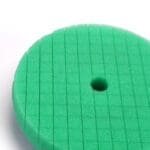 Cross Cut
Cross Cut Wool Pads
Wool Pads Microfiber Pads
Microfiber Pads Orange Peel
Orange Peel Sand paper
Sand paper Foam Interface
Foam Interface
 Rotary backing
Rotary backing Dual action backing
Dual action backing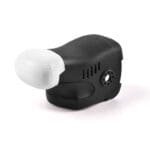

 Car Exterior Cleaning Chemicals
Car Exterior Cleaning Chemicals Wheel and Tire Cleaners
Wheel and Tire Cleaners Car Interior Care Chemical
Car Interior Care Chemical Paint Correction & Enhancement Chemicals / Compounds
Paint Correction & Enhancement Chemicals / Compounds Paint Protection Chemicals
Paint Protection Chemicals
 Subscription
Subscription Glass
Glass Polish Removal & Coating Leveling
Polish Removal & Coating Leveling Coating Buffing & Rinseless Wash
Coating Buffing & Rinseless Wash General Purpose
General Purpose Utility
Utility Suede
Suede Crazy Microfiber
Crazy Microfiber
 Mitts
Mitts Pads
Pads Gloves
Gloves Microfiber
Microfiber Chenille
Chenille Wool
Wool
 Interior
Interior Exterior
Exterior Carpet
Carpet Pet Hair
Pet Hair Detail
Detail
 Clay Mitts
Clay Mitts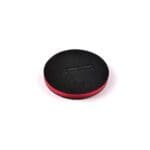 Clay pads
Clay pads Clay towels & sponges
Clay towels & sponges
 Ceramic
Ceramic Tire
Tire
 Kits
Kits

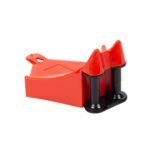


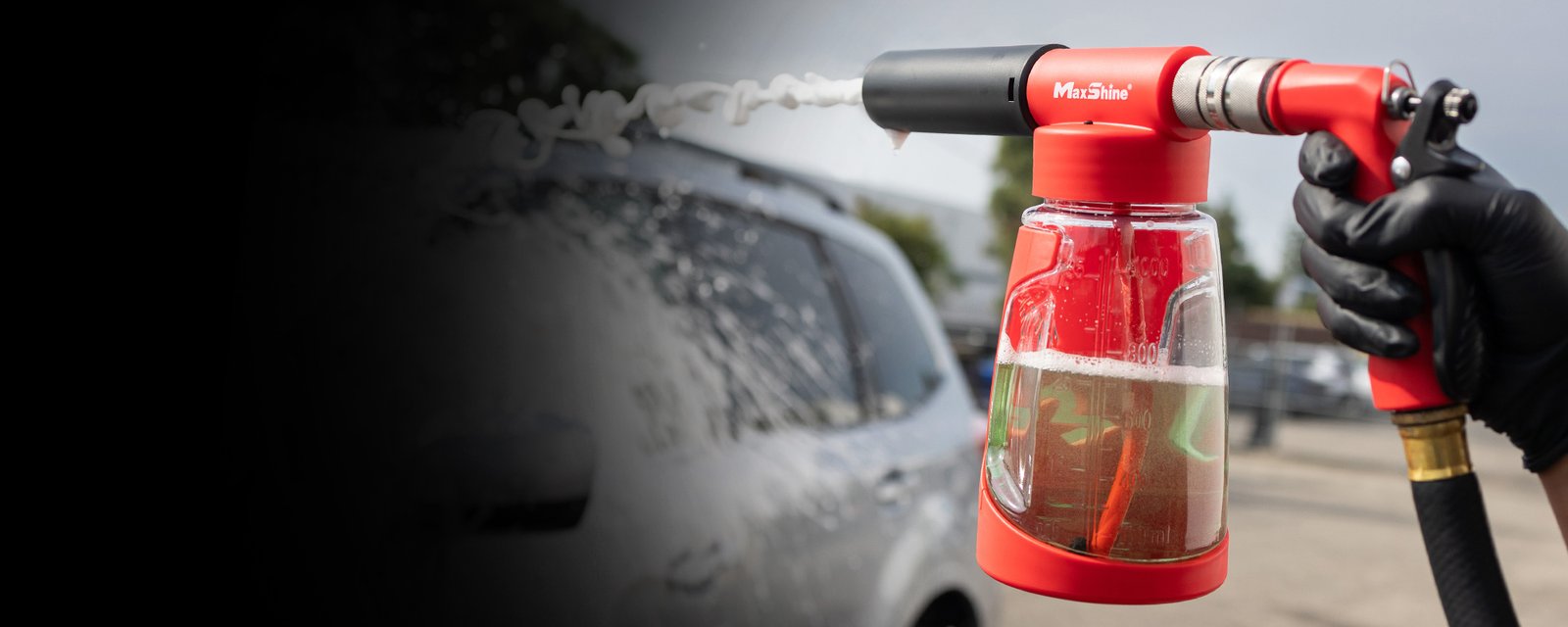











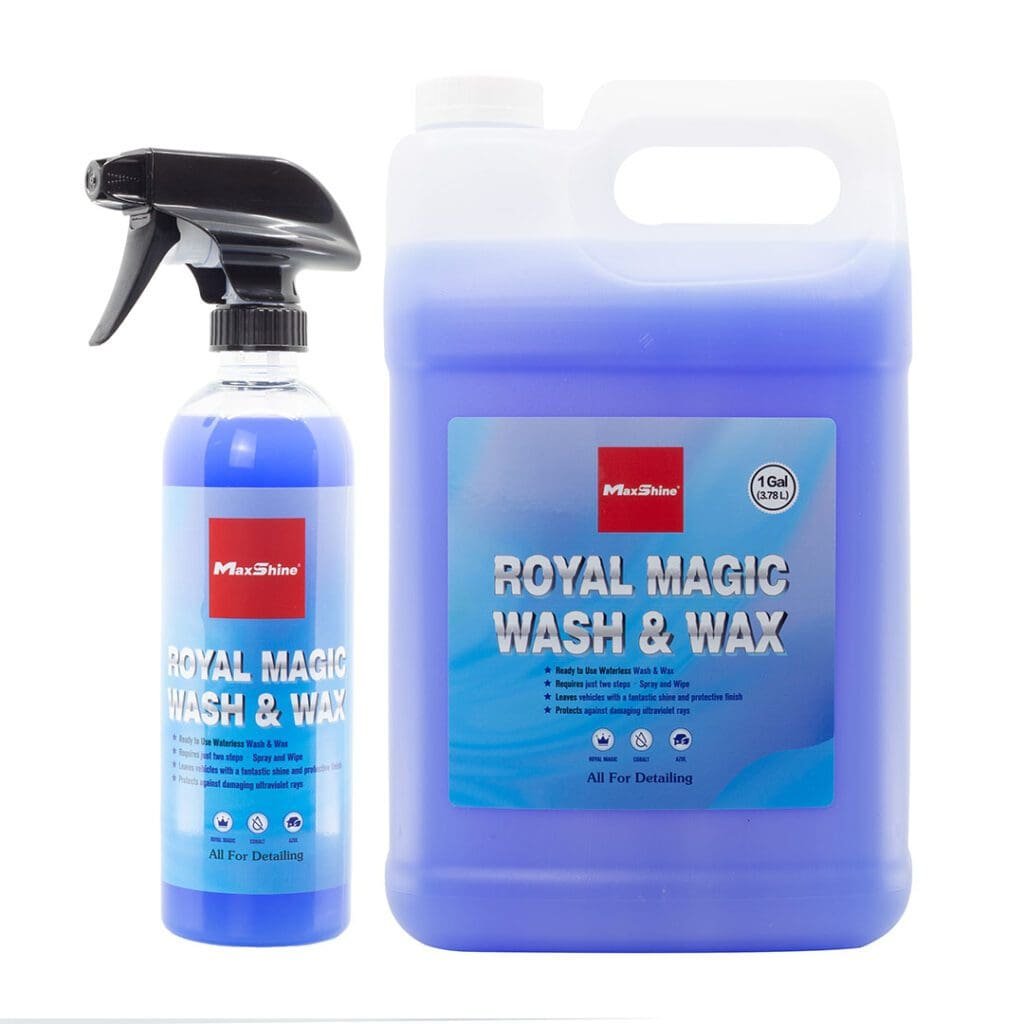












 Engine
Engine
